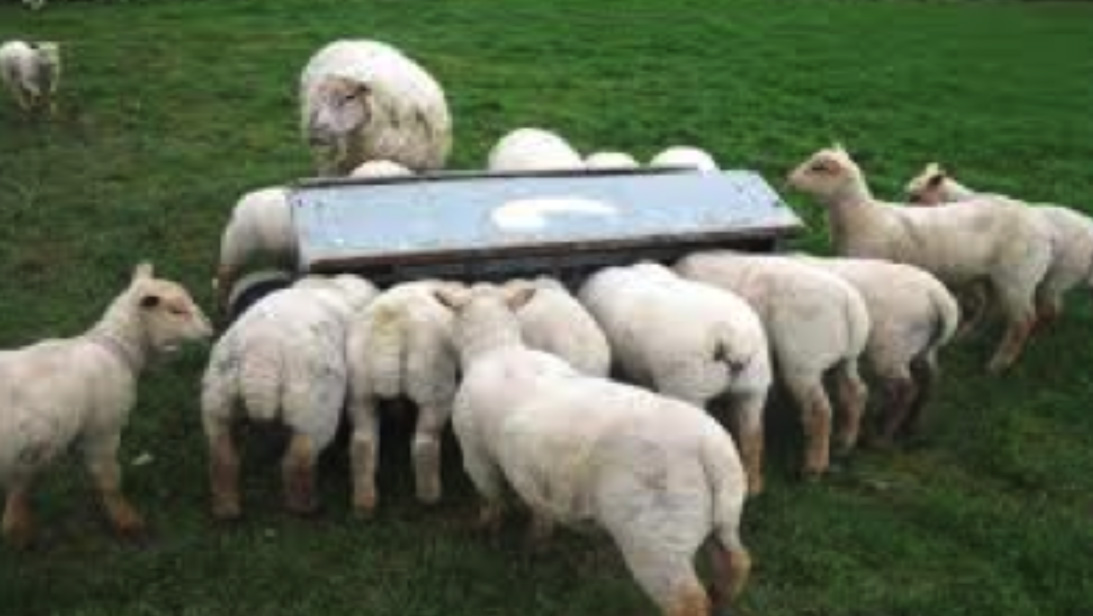Sheep
Grassland:
- Assess cover in early September and target to have 20 days grazing ahead, building up to 30 days in early October to bank up grass supplies.
- Chemical fertiliser can be applied up to the 30th of September this year. Responses are better earlier in the month therefore avoid delay.
- Important to consider your closing pattern, as the first paddocks to be grazed by your march lambing flock will need to be closed in mid-October, with 20% of ground closed by late October.
- Earlier lambing flocks will need to pull these dates back accordingly.
Lamb performance:
Overall lamb performance has been lower on most farms this year.
- Due to early setbacks and a difficult early grazing season, coupled with recent conditions has resulted in a lot more lambs still around and lighter lambs being drafted for the factory.
- Take stock of the lambs remaining on the farm and their live weight.
- Contact your local Drummonds advisor to discuss finishing options.
- For those who have adequate grass supplies, target supplementation at the heavier lambs i.e. above 38-40kgs.
- Best economic responses are achieved from allocations of 300-600g/day per lamb of Drummonds High Energy Lamb Finisher.
Preparing for the Breeding Season:
At this stage most early and mid-season lambs are either sold or weaned and emphasis should now be ensuring your ewes achieve the target body condition score (BCS) of 3.5 at mating. Tip – 1 BCS in sheep is equivalent of 12 kgs of live weight.
Again, during September thinner ewes should be batched onto better pasture, e.g. graze alongside finishing ewe lambs. A health check should be carried out on a midseason flock prior to mating. Ewes not responding to treatment should be culled.
Nutrition prior to tupping is important to ensure that ewes have good ovulation and conception rates when joined with the ram. Research has shown that low BCS ewes at tupping have the highest repeat rate, lower incidences of twinning/triplets and higher embryo mortality.
A quick checklist should be carried out a week prior to tupping:
- Dosing
- Hoove trimming
- Vaccinations
- Functional udder
Cull any ewes which are constantly lame, have only one teat functioning as well as any ewes that prolapsed in previous lambings.
Ewe lambs should be at least 75% of their mature body weight at mating. Therefore a crossbred lowland ewe lamb should be no less than 45 kilos at mating. Extra care should be taken of ewe lambs during gestation as they are carrying a lamb/lambs as well as growing themselves.
Remember: The average gestation length of ewes is 147 days. 
Preparing the Ram:
It is critical not to forget about your rams. Rams require a target BCS of 4 at breeding to ensure they are fit and healthy to withstand mating as they can lose up to 15% of their body weight during the course of the breeding season. It is a good idea to feed a high protein concentrate 6 weeks prior to tupping to help build body reserves. Ensure the rams are sound on their feet.

